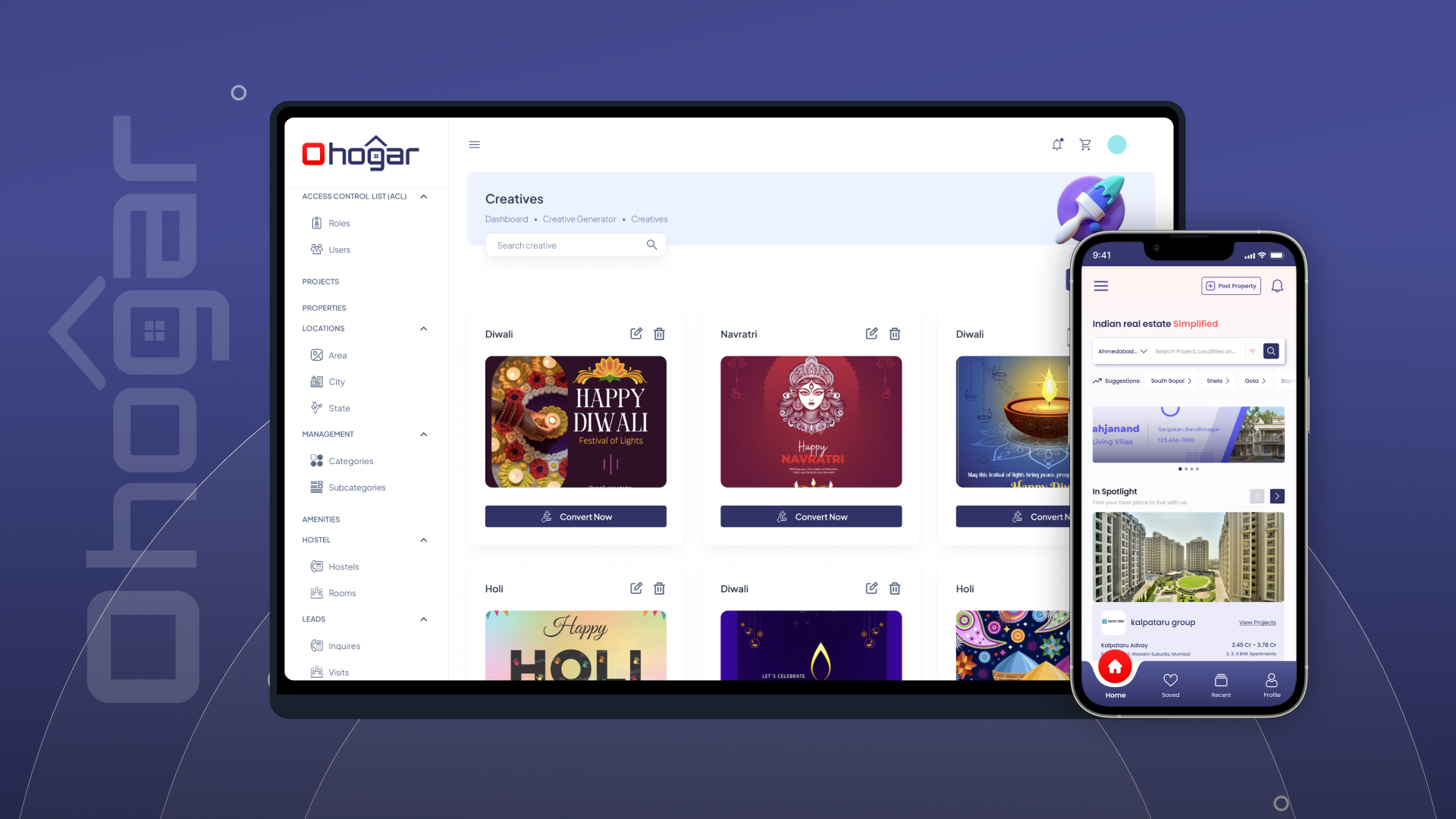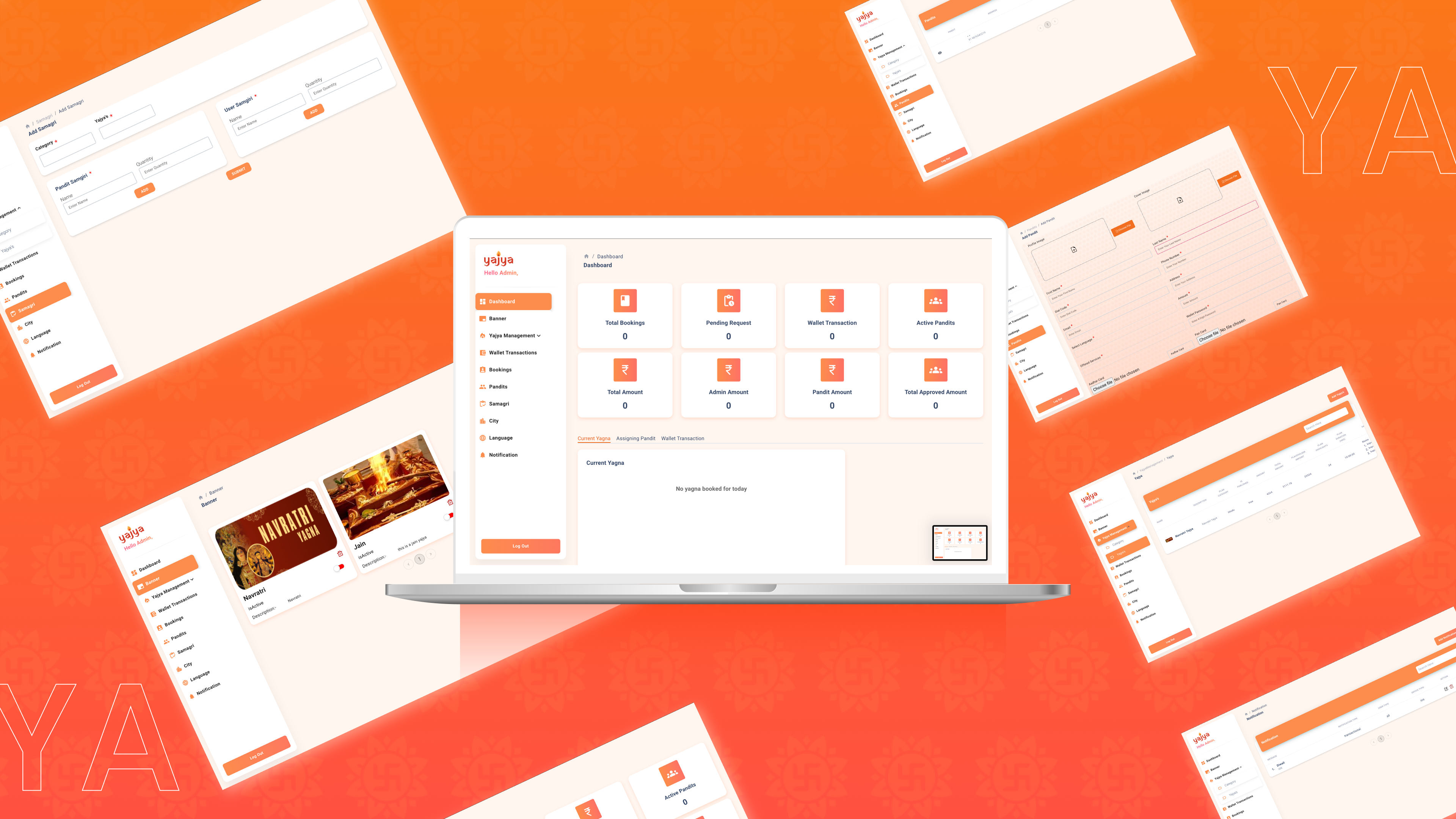
We ensure a seamless Jira deployment, configuring it to align with your business processes for optimal workflow management.
Enhance efficiency with tailored automation rules, reducing manual work and ensuring smooth task transitions.
Leverage Jira’s Agile and Scrum tools for sprint planning, backlog management, and real-time progress tracking.
Integrate Jira with essential tools like Confluence, Bitbucket, Slack, and third-party applications to create a connected ecosystem.
Gain valuable insights with customizable dashboards and reports to track team performance and project progress.
Secure your projects with customizable permissions, ensuring data privacy and access control based on user roles.
Seamlessly integrate our top-tier developers into your workflow.
Boost your team’s capabilities without the overhead of full-time hires.
Access on-demand expertise whenever you need it.






















Angular is a platform and framework for building single-page client applications using HTML and TypeScript. It is developed and maintained by Google.
Angular applications are primarily written in TypeScript, a superset of JavaScript that provides static typing and advanced features.
Angular CLI (Command Line Interface) is a powerful tool that helps with creating, managing, and building Angular projects. It simplifies the development process with commands for generating components, services, and other elements.
A component is a building block of Angular applications. It consists of an HTML template, a TypeScript class, and optional CSS styles, and it controls a portion of the user interface.
Data binding is a mechanism that allows synchronization between the model (data) and the view (UI). Angular supports one-way and two-way data binding to keep the UI and data in sync.
Dependency injection is a design pattern used in Angular to manage and inject dependencies (services) into components and other services, promoting modularity and ease of testing
RxJS (Reactive Extensions for JavaScript) is a library used in Angular for reactive programming with observables, allowing you to handle asynchronous operations and event streams.
Angular’s routing allows you to navigate between different views or components within your application. It uses a router module to define routes and manage navigation.
You can create a new Angular project using the Angular CLI command ng new project-name, which sets up the project structure and dependencies.
Change detection is the process by which Angular updates the view when the model changes. Angular uses various strategies to optimize this process and improve performance.
B-805 & 806 Titanium Heights, Ahmedabad-380015
+91 8347223366
499 Katherine Road, E78 DR London, United Kingdom
+44 7442 154609
255 Amelia Street, Westminster WA, Perth
+61 435 446 267
389 Baseline Road - West, London, Ontario N6J 1W7
+1 (226) 219 - 6860
All copy right reserved 2025 @CodnestX